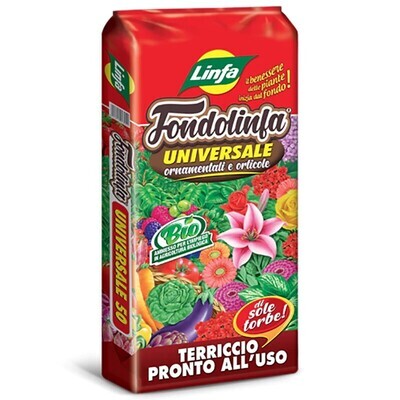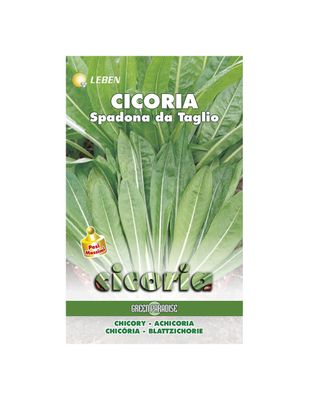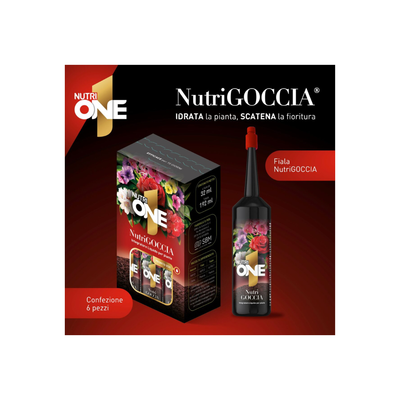Lymph - Quick Rooting Rooting Cuttings Margots Propagating 50 Gr
Composition - NAA (alpha-naphthyl acetic acid) 0.5 percent dry powder.Characteristics - Plant growth regulator that exerts a strong rooting action of cuttings (leaf, stem and root), layering and offshoots.Method of UseCuttings - Soak the base of cuttings in water to a depth of 2-3 cm. Discard excess water (cuttings should remain barely moistened). Dip the moistened base into the powdered cuttings to adhere a small portion, removing any excess.Arrange the cutting in the usual ways in the development beds, taking care not to remove the applied powder.Margot - For a short distance, remove the leaves from the chosen portion of the branch or stem.Take a ring of bark or make a split incision that should be kept open with a water-soaked sphagnum ball. With the help of a small brush, rooting powder is applied to the moistened part, removing any excess. You wrap the stem area thusprepared in a plastic sleeve, securing it well at the base with raffia and filling it with sphagnum or peat. A moderate but constant humidity should be maintained in the sleeve by wetting through the upper mouth, which should also allow air circulation. After a period of time,the new subject reaches full functional autonomy (confirmed by the formation of rootsand the emission of new shoots) and it is taken out with a clean cut.Propagation - A young branch is identified, long enough to be gentlyincurved at ground level, and all leaves except those "at the apex" are removed.At the point of contact with the soil, below a node, a vertical cut, or annular incision, is made, which also affects the tissues below the bark. On the incision, powderadicant is applied. The branch is bent, buried with fresh, light soil to a depth of about5-10 cm, and secured with U-bent irons. The branch is supported by a brace. The seedling, having become fully independent, can then be separated from the mother plant and transplanted.






